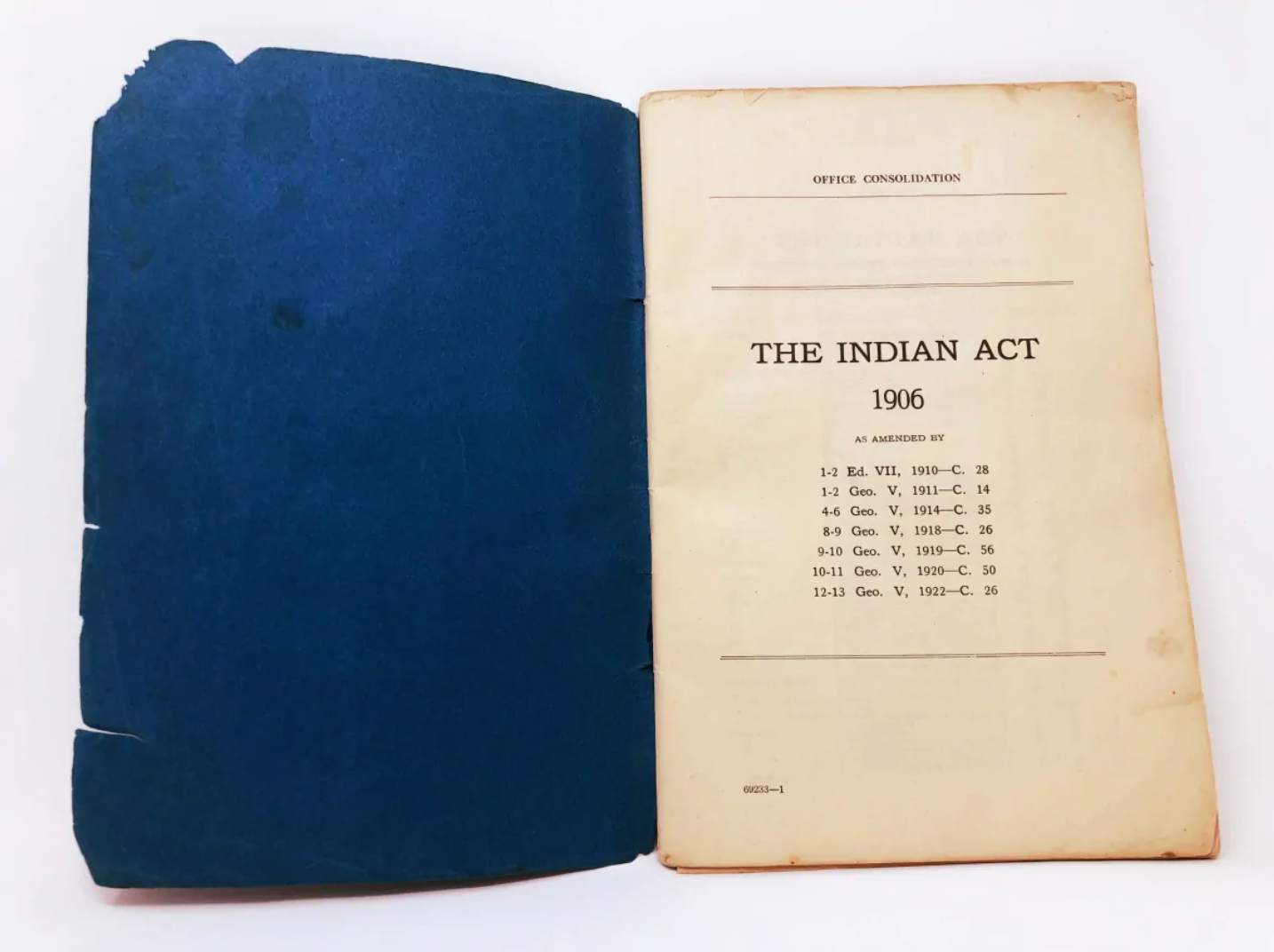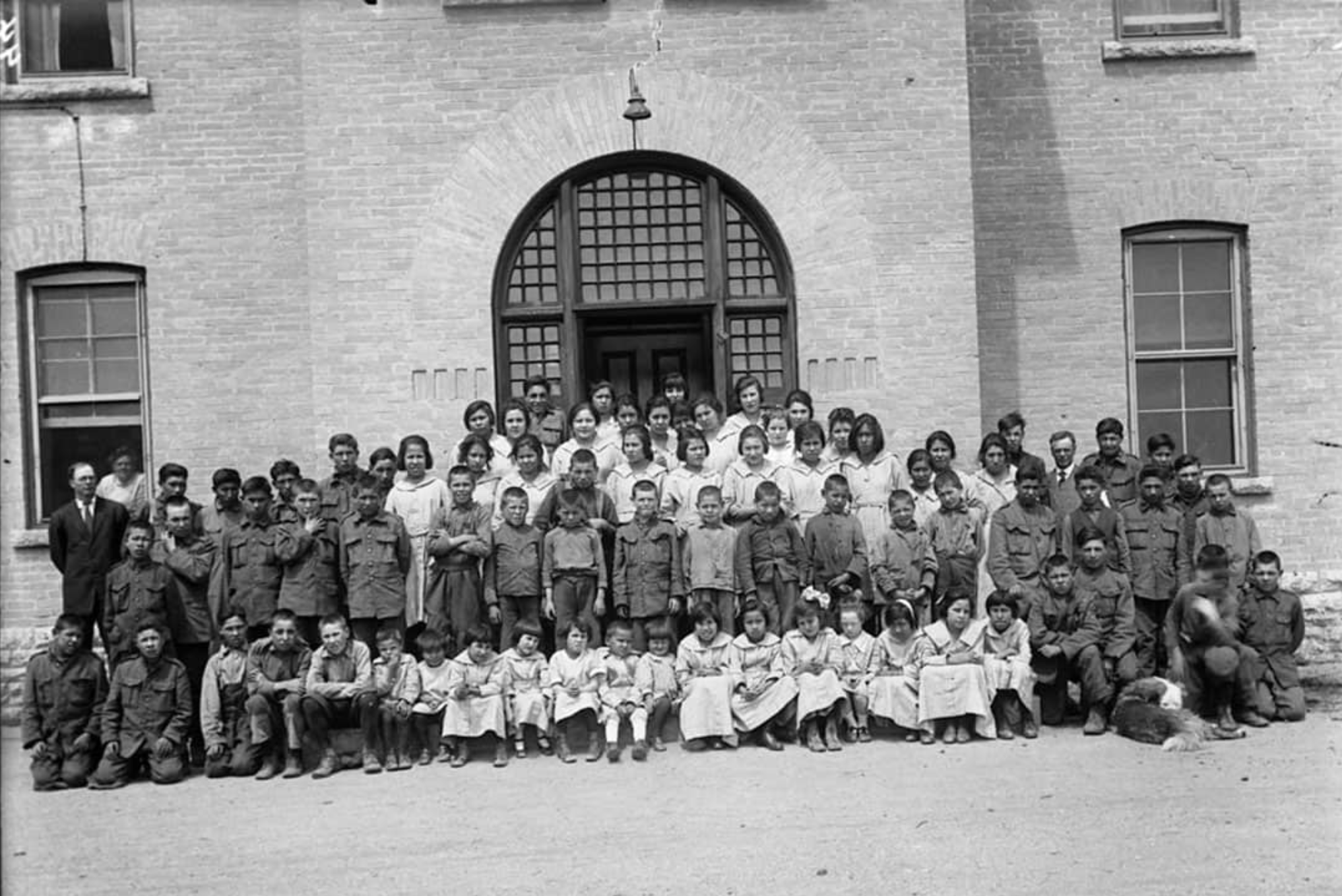7 Lesson Three: Brief History
Indian Act

(Johnson, n.d.).
The Indian Act, created by the Canadian Parliament and still exists today despite many amendments, is legislation the federal government uses to administrate Indian status and governed nearly all aspects of the lives of First Nation communities.
The Indian Act’s principal purpose was to force First Nations people to lose their culture and become like Euro-Canadians. The document has allowed generations of Indigenous people to experience trauma, human rights violations, and social and cultural disruption. Métis, Inuit, or non-status First Nations people are not directly affected by the Indian Act.
Examples:
- In 1895, any Indian festival, dance or other ceremonies were banned, including powwows and the sun dance.
- In 1927, it was illegal for First Nations people and communities to hire lawyers or file land claims against the government without the government’s consent.
- Subsequent amendments (1894 and 1920) to the Indian Act required First Nations children to attend residential schools.
Residential Schools

(The Varsity, n.d.).
Christian churches and the Canadian government established residential schools to eliminate Indigenous culture and autonomy and assimilate Indigenous children into Euro-Canadian culture from the 1880s to the late 20th century. Indigenous children were forcibly removed from their families and prohibited from acknowledging their Indigenous heritage and culture or speak their native language.
Former residential school students have spoken of horrific mistreatment by residential school staff, including physical, sexual, emotional, and psychological torture. These schools have disturbed lives and communities, generating long-term trauma.
Key facts about residential schools:
- How many students attended residential schools?
- An estimated 150,000 children.
- How many children died at residential schools?
- An estimated 6,000 children died (however, a lack of proper documentation means the actual number is likely to be much higher).
- How many residential schools were there in Canada?
- Between 1831 and 1996, a total of 130 residential schools operated.
- When did the first residential school in Canada open?
- The first residential school opened in Brantford, Ontario (Mohawk Institute).
- When did the last residential school in Canada close?
- The last residential school closed in 1996, the Gordon Residential School in Punnichy, Saskatchewan.
Parks Canada developed this video to explain the history of the Residential School System with first-hand accounts.
*Warning* This video deals with topics that may cause trauma invoked by memories of past abuse.
